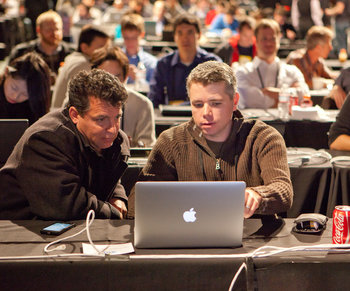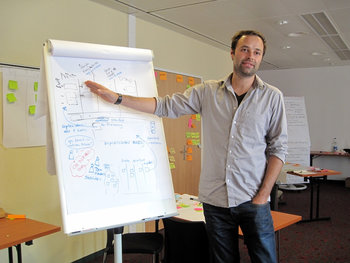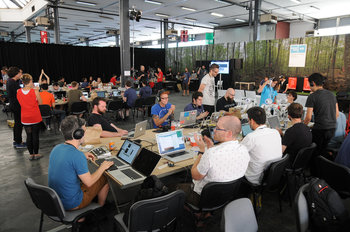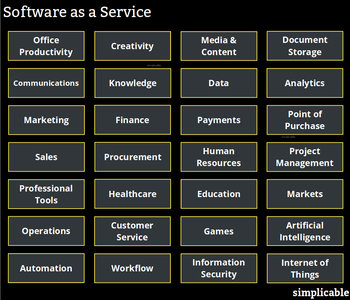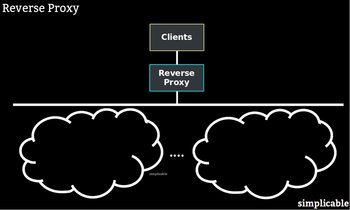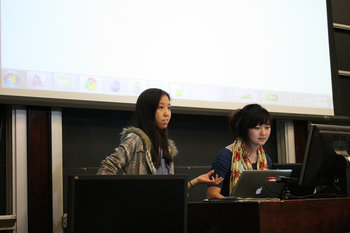
Vertical Scaling
Vertical scaling is the process of moving to a larger instance or upgrading resources. For example, a website running on a 8-cpu virtual machine that is redeployed to a 16-cpu virtual machine. Many infrastructure as a service platforms have tools that make this an easy process that can be accomplished in minutes or seconds.Horizontal Scaling
Horizontal scaling is the process of adding more instances to a service, system or application. For example, a software as a service vendor who adds instances whenever average users per cpu exceeds 50 and removes instances when users per cpu falls below 40.Auto Scaling
Scaling that is performed automatically using an API. For example, a settlement process for a bank that horizontally scales itself depending on how many trades it is processing.Side-by-side Scaling
Side-by-side scaling is the process of adding instances for different purposes on demand. The most common example is a firm that adds development and test instances of a service as required by a project.Global Scaling
Scaling a service to run in different geographical locations. For example, a content delivery network that delivers videos from dozens of geographically distributed data centers so that videos are served to users from a data center that is close to them.| Overview: Cloud Scaling | ||
Type | ||
Definition | The process of adding or removing cloud computing resources as you need them. | |
Related Concepts | ||








